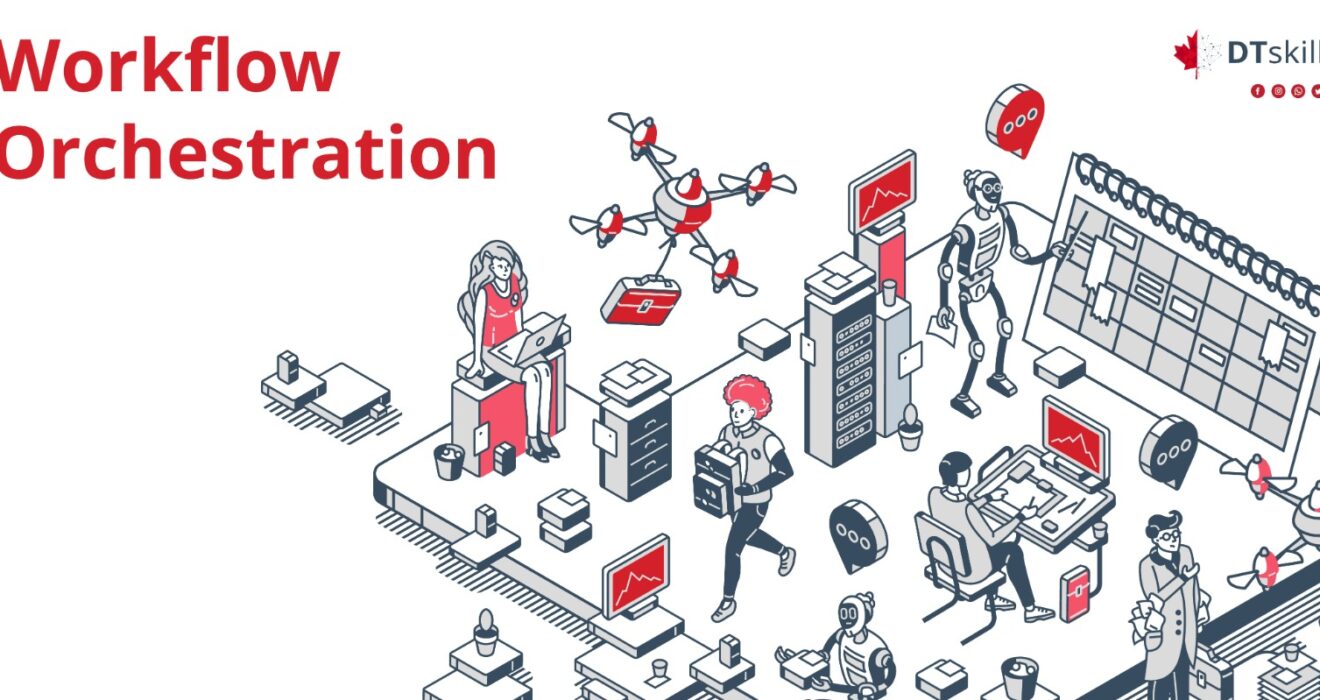Workflow orchestration: a game-changing approach that streamlines processes, maximizes efficiency, and keeps projects on track. In this article, we’ll delve deep into what workflow orchestration is, why it matters, and how to harness its power for your organization.
What is Workflow Orchestration?
Workflow orchestration refers to the coordination, management, and automation of multiple organizational tasks and processes. It’s about ensuring that different systems, tools, and departments can work in harmony to achieve a desired outcome. Imagine a symphony orchestra: each instrument has its part to play, and the conductor ensures everything happens in harmony and on time. Similarly, workflow orchestration ensures that each task or process is executed in the right order, at the right time, and by the right entity.
Why is it Important?
Workflow orchestration offers several benefits:
Efficiency: By automating repetitive tasks, you save time and resources.
Visibility: Track and monitor processes in real time, leading to greater transparency.
Consistency: Reduce errors and ensure tasks are executed in a standardized manner.
Integration: Seamlessly combine different tools and platforms, enhancing collaboration.
Key Components of Workflow Orchestration
Tasks: The smallest unit in an orchestrated workflow, representing a single action or operation.
Triggers: Events that initiate a workflow. For instance, when an email is received, it may trigger a specific process.
Conditions: Rules or criteria that determine the flow or next step in a process.
Actions: Operations executed based on triggers and conditions.
Steps to Implement Workflow Orchestration
Identify the need: Begin by recognizing areas in your operations that require automation or optimization.
Map out the process: Clearly define the sequence of tasks, and set out triggers, conditions, and actions.
Choose the right tools: Various workflow orchestration tools are available, so select one that fits your organization’s needs.
Test and refine: Before full-scale implementation, run tests and continuously refine based on feedback and results.
Scale and adapt: Your orchestrated workflows may need adjustments as your organization grows. Stay agile and flexible.
Best Practices
Keep it Simple: Start with simple workflows and gradually expand.
Collaborate: Ensure that relevant departments and stakeholders are involved in setting up workflows.
Monitor and Analyze: Use analytics to identify bottlenecks and optimize further.
Stay Updated: Workflow orchestration is an evolving field. Keep yourself updated with the latest trends and best practices.
In conclusion, workflow orchestration can be the secret sauce to operational excellence. Whether you’re a startup or a global enterprise, understanding and leveraging this concept can propel you ahead in today’s competitive landscape.

